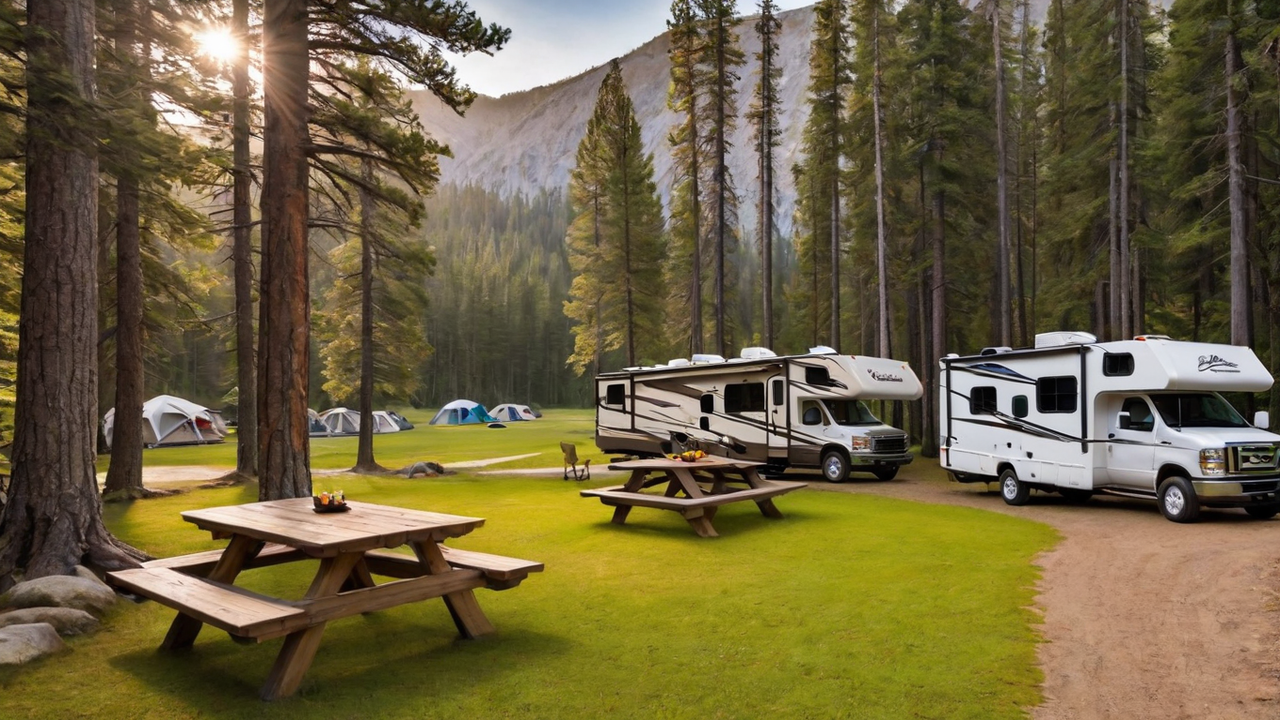
Grasping Your Audience
Identifying who the target users is vital in creating an effective user's interface. It is important to take into account their necessities, preferences, and technology savviness. Such knowledge leads the designing decision, guaranteeing that the program is accessible and intuitive.
Knowing your users also implies recognizing the obstacles and how they intend to use your campground software. It enables the designers to tailor features and capabilities that meet specific needs, therefore making the application not only useful but also essential.
Simplifying the Navigation System
Simplifying the navigation system is a key element of user interface designing. An straightforward menu system ensures visitors can easily locate what they're looking for, minimizing frustration and enhancing user satisfaction. It's about making the journey inside the software as seamless as possible.
Moreover, a well-designed navigation leads visitors throughout the application, highlighting features and capabilities that they otherwise would overlook. This an method not only enhances user experience but also promotes deeper engagement with your campground software full range of features.
Incorporating High Quality Graphics
Visuals have an important part in designing an appealing user interface. They assist in breaking text and can also illustrate functions in a more effectively than text alone. Picking the right visuals, symbols, and colors can greatly boost the look of your software, thus making it more visually pleasing to the users.
Furthermore, visual consistency is essential for building brand identity and trustworthiness among users. Every component should be in sync with your brand's values and the overall mission of the software, leading to a seamless experience that feels both professional and inviting.
Improving Responsiveness
In today's tech world, users expect camping programs to be fully responsive on all devices, from desktop computers to mobile phones. A adaptive interface makes sure that regardless of the screen size, the application provides an optimal experience. It not only increases accessibility but also caters directly to your audience's mobile lifestyle.
Furthermore, improving your software’s responsiveness can lead in improved speed, reducing load times and preventing user frustration. Visitors value a fast and efficient experience when using camping software, making performance a crucial component in satisfaction levels.
Optimizing the Search
Locating data efficiently is fundamental in any software, especially in campground software systems. Enhancing your search feature allows users to quickly locate exactly what they're searching for, which in turn enhances user experience and efficiency. By incorporating advanced search features, you can minimize user frustration and increase overall satisfaction.
Additionally, sophisticated search features such as filtering options and tagging can help in narrowing down results, making the process even effective. Introducing these functionalities demonstrates a understanding of your users' needs and a commitment to making their experience with the campground software as seamless and effective as possible.
Focusing on User Security
Protecting user information is always non-negotiable when coming to developing campground software. Users need to feel safe when entering their personal information. Ensuring strong security measures not only protects the data but also builds trust between the customer and your company.
In addition to standard protections like strong passwords and data encryption, it's important to consider integrating sophisticated options such as two-factor authentication or biometric security logins. Such measures provide additional layers of protection, further ensuring that customer information is held secure from unwanted access.
Utilizing User Feedback
Gathering feedback is essential for the continual development of any campground program. It enables the developers to grasp what is working, what doesn’t, and how the software can be bettered to meet user needs. This feedback creates a sense of community between the customers and your development team, which makes them feel like they are actively a part of the product's journey.
Incorporating feedback effectively can lead in noticeable enhancements in UI designs and the overall user experience. Implementing changes based on actual feedback proves that your company cares about its users and is committed to providing a high-quality experience.
Keeping the Simplicity
Among design, simplicity is key. A overly complex UI can confuse users, leading in a poor UX. Keeping things simple, on the other hand, makes the software easier to understand and navigate. This promotes more engagement and satisfaction levels.
Additionally, maintaining simplicity should also apply to your content and features. Avoid superfluous functions that do not add value can ensure that the UI remains sleek and focused on the core requirements of your users. By doing so, see more you can craft a more efficient UX that appeals with the target audience.
Comments on “Creating the Optimal User's Interface: Design Guidelines for Campground Software”